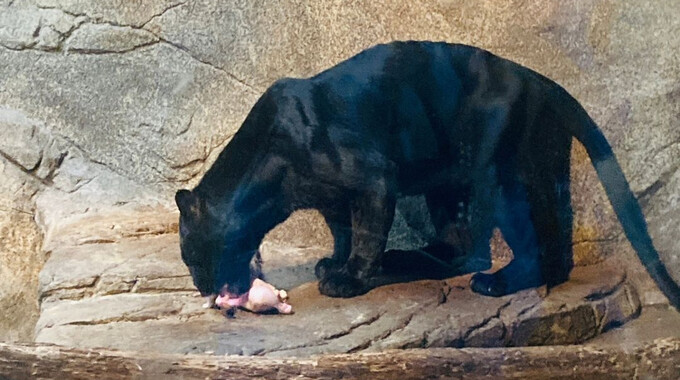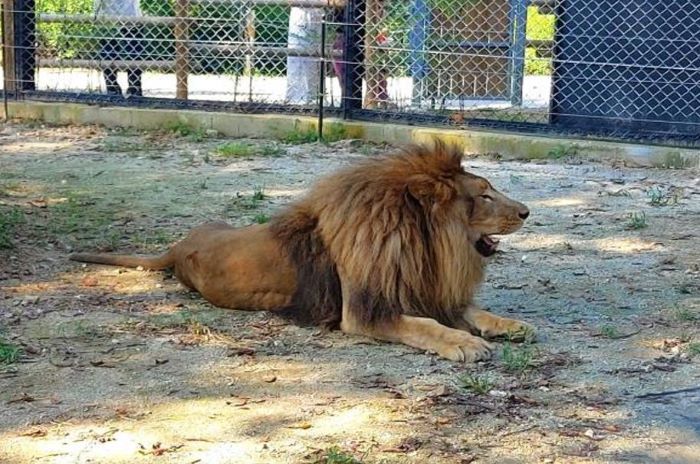
The Bugyeong Zoo in Gimhae, where the lion “Barami” was rescued in June last year, has recently suffered the deaths of a white tiger and a black leopard. (Image courtesy of Busan Alliance for Prevention of Cruelty to Animals)
SEOUL, Feb. 12 (Korea Bizwire) – The recent deaths of two animals at Bugyeong Zoo in the city of Gimhae in South Gyeongsang Province have raised concerns and prompted calls for urgent measures to safeguard the welfare of the remaining animals.
This zoo became a focal point for animal welfare advocates after the emaciated condition of a lion named Barami, who was later rescued and transferred to a public zoo in June last year, brought to light the dire situation of the animals housed there.
Despite the zoo’s current closure, 14 animals, including lions, tigers, raccoons, and ostriches, continue to reside there under increasingly concerning conditions.
The Busan Alliance for Prevention of Cruelty to Animals recently highlighted the plight of the animals at Bugyeong Zoo on social media, revealing the deaths of a white tiger and a black leopard.
The group expressed sorrow over delivering such news and mentioned that these incidents followed a series of efforts since last year to publicize the zoo’s poor conditions and push for more stringent oversight and management by the city of Gimhae.
The zoo’s financial struggles have been public, leading to citizen-led fundraising campaigns since August last year to provide the animals with essential food supplies.
The exact causes of death for the white tiger and black leopard have not been disclosed, but the zoo’s representative suggested that old age might have played a role, as all the animals that died were over ten years old.
Despite the grim news, Kim Aera, president of the Busan Alliance for Prevention of Cruelty to Animals, reassured the public that “Barami’s daughter,” the lioness, is in good health.
However, the zoo’s owner faces bankruptcy, complicating efforts to ensure even basic care for the animals. Recently, about 30 animals from Bugyeong Zoo were reportedly relocated to an indoor theme park zoo operated by the same owner in Daegu.
Adding to the concerns is the precarious situation of the indoor zoo in Daegu, which is also facing potential closure. Located in the basement of a shopping mall, the zoo is struggling with financial obligations, barely maintaining minimal electricity due to unpaid rent and utility bills.
During an inspection by Daegu city officials in mid-January, it was found that the zoo was home to 58 species, totaling over 270 animals, including a white lion. City inspectors have been vigilant for any signs of animal neglect or abuse but noted the limitations in taking unilateral action due to the animals being considered private property.
Last November, the city of Daegu and the Daegu Suseong Police Station took legal action against the zoo after discovering signs of animal neglect, including a guinea pig carcass left in an enclosure.
Authorities in both Daegu and Gimhae acknowledge the difficulty in intervening due to the animals’ status as private property. Despite ongoing requests for the zoo owner to rehome the animals, no substantial progress has been made since the zoo ceased operations last August.
The city has been providing monthly veterinary check-ups and prescribing necessary treatments.
Animal rights organizations are advocating for the government to adopt more proactive measures to protect animals from operators who have lost the capability to provide adequate care.
They argue for regulations that would allow for the cessation of operations and confiscation of animals from poorly managed zoos, drawing parallels to actions taken in the United States and Canada to minimize harm to animals in similar situations.
Lina Jang (linajang@koreabizwire.com)







